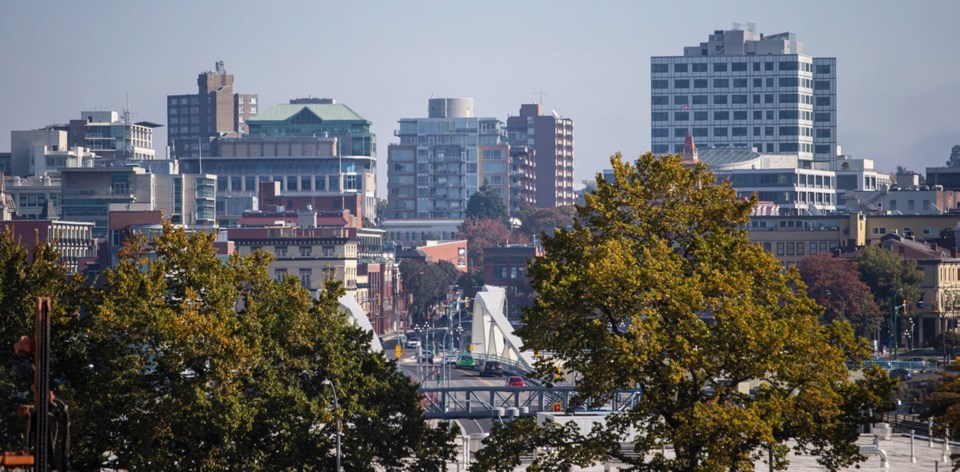Local politicians should commit to a renewal of a $90-million regional affordable-housing initiative now, before a potential change in provincial or federal governments, says Victoria Coun. Ben Isitt.
“I think this item is time-sensitive because of the pending federal election and also the current situation in provincial politics, while we have a progressive minority government,” Isitt said.
“In terms of securing funding commitments from senior levels of government, I think it would be wise for the CRD to make the request now, rather than waiting until after a potential change in government, either federally or provincially.”
Capital Regional District directors agreed in 2016 to borrow up to $30 million to build affordable housing in an effort to reduce chronic homelessness.
That $30 million was subsequently matched by both the provincial and federal governments, and the CRD outlined a goal to build 2,000 units of affordable housing under what is known as the Regional Housing First Program.
To date, about 900 of those units are in the pipeline, either under construction or under development agreement.
Victoria has already endorsed in principle the renewal of the $30-million funding, subject to matching funds from provincial and the federal governments once the initial 2,000 units have been completed.
A resolution put forward by Isitt, up for discussion today, calls on the CRD board to do the same and directs staff to report on options for financing.
The resolution, if passed, would also have CRD board chairman Colin Plant and staff engage senior partners to determine their willingness to once again match the contribution.
Isitt said the proposal would simply allow the program to continue.
“We have an effective partnership between the region, B.C. Housing, the CMHC. We have established working relationships for the non-profit societies that are building the new housing, so the proposal is to continue to expand on those established relationships, rather than allowing the program to wind down upon completion of the initial 2,000 homes.”


